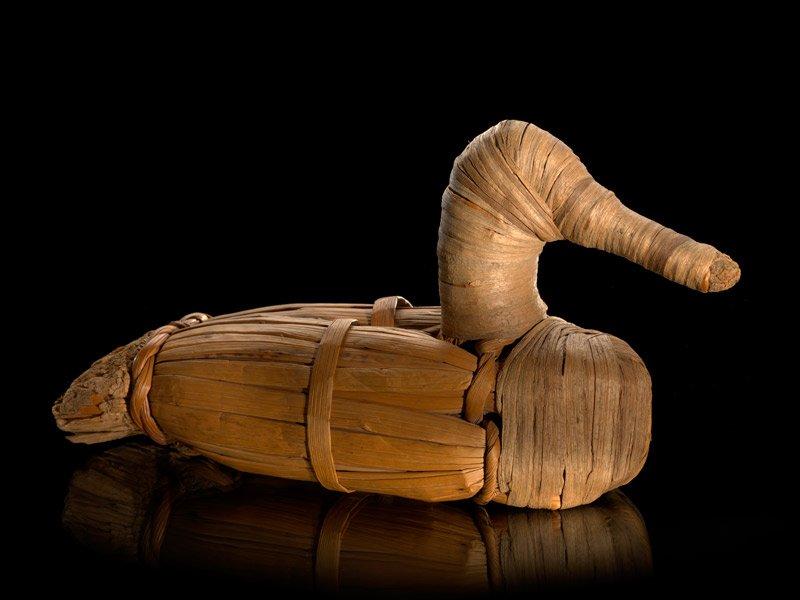Native Americans killed ducks at bow-range, thanks to these blocks
Duck hunting is harder than most people think. It never ceases to amaze me how difficult it is to get ducks into range, despite using the the most advanced technology. Today's camo patterns offer total concealment, while modern decoys are so realistic they can easily be mistaken for live birds. How can we fail?
Somehow we manage to, quite regularly. And, if you're like me, you often wonder how our ancestral hunters killed any ducks at all. Imagine these same circumstances, without the modern clothing or equipment, and armed only with a bow or spear. The chance for a successful hunt would seem nearly impossible.
Yet Native Americans regularly killed ducks, and lots of them. They did so with an approach nearly identical to modern methods: luring ducks into range using decoys.
True hunter / gatherers, the indigenous peoples of North America had to manufacture any essential hunting items. Their decoys were likely made of many high-floating materials, but the most interesting were those made of tules.
Tules are a long-stemmed marsh plant, much like bullrush, and are still prominent in many wetland areas in western states. Native American's use of the plants as decoys dates back nearly 2000 years. We know this because decoys from this very period were discovered in caves, once in or near seasonal wetlands, in Nevada in 1924.
I was blown away after reading a Sporting News piece on the discovery that contained photos of the original decoys. The blocks were shaped and painted to represent canvasbacks; native hunters even used real duck feathers to decorate the fakes.
One thing I found incredibly interesting: the Native's decoys were smaller than real birds. Such goes against the thinking of many modern hunters: that decoys should be excessively large to get the attention of ducks.
I've never been one to discount any detail of the methods used by our ancestral hunters. They hunted to sustain their entire generation; no detail was overlooked, and their lives depended on hunting success. Perhaps we, in modern times, are a little too smart for our own good, and can still learn from their ways.







